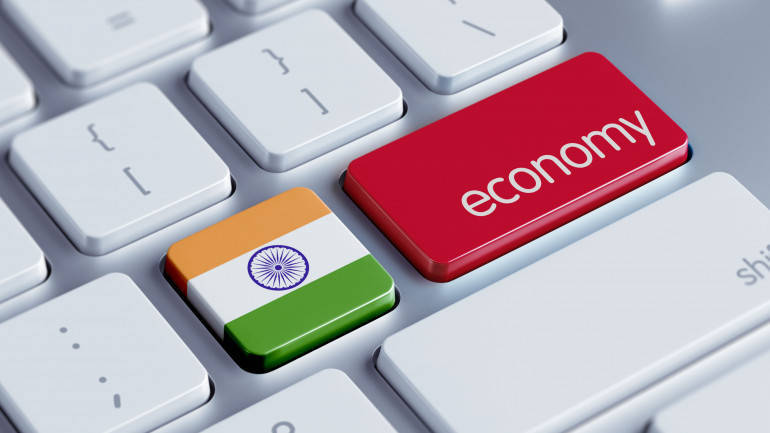India is now the world’s fastest-growing large economy, and probably will be for years if not decades to come. The IMF forecasts growth of 7.4% for India in 2018, with international banks returning a range of predictions running from a low of 7.0% (Standard Chartered and HSBC) to a high of 7.5% (Nomura and HSBC). China’s maturing economy is unlikely ever again to match such stellar growth numbers.
But is 7% enough? And can India keep the pace? Even at a headline growth rate of 7% or more, India’s real per capita GDP growth will hover around 6% per year, due to high population growth that will soon make India the world’s most populous country -- if it is not already. At that rate, India will only reach China’s 2017 GDP per capita in 25 years. That’s a long time to wait, Salvatore Babones wrote for Forbes.
Many Indians are impatient for faster growth, including the governing Bharatiya Janata Party. Prime Minster Narendra Modi swept into office in 2014 amid chants of “better days ahead,” and in many ways he has delivered. His government brought inflation down from 8% to 3% without causing a recession or even sacrificing on growth. That must count as a major achievement. Modi also pushed through crucial GST reform to harmonize the country’s many different state tax systems.
The Modi government has been less successful in promoting exports -- though here India is sailing into strong global headwinds. International trade has been flat or declining ever since the global financial crisis of 2008-2010. Expressed as a percent of GDP, India’s exports actually caught up to China’s soon after the crisis. Or perhaps it would be more accurate to say “caught down,” since the convergence was more due to a fall in China’s exports than a rise in India’s.
The real long-term challenge for India is not the size of its exports, but the structure of its exports. After its historic opening in 1979, China followed Japan and the East Asian tiger economies in a flying geese pattern of economic development. Investment flowed in from Japan, Taiwan, South Korea, Hong Kong, and Singapore. With that investment came business acumen and technical know-how. To this day, foreign investment in China is dominated by its richer Asian neighbors and has gone mainly into manufacturing.
Hodge-Podge of Foreign Investment
In contrast to China, India has the bad luck to be surrounded by poorer countries, not richer ones, and to look across the Indian Ocean to Antarctica, not across the Pacific Ocean to California. As a result, foreign investment in India has gone into a hodge-podge of service industries and construction. Unlike China, India is not integrated into regional value chains manufacturing high-technology, high-value consumer goods for the global market. That leaves it without a production ladder to climb.
To see India’s challenge, just look at its top export industries: petrochemicals and jewelry. India imports crude oil and exports refined petroleum for the South Asian region. It also exports other low-margin generic chemicals, including especially pharmaceuticals. India’s second big export industry is finished jewelry, which like petrochemicals is a one-time value-added play with no potential to power real economic transformation.
What India’s government can do is look for the next generation of global value chains and work hard to see that India gets in on the ground floor. For example, India is already the world’s fourth-largest market for mobile apps. But where are India’s Alibaba, Baidu, and Tencent?
With its open internet, software leadership, and entrepreneurial culture, India clearly has the potential to do for the app economy what China has done for consumer electronics: get in at the bottom and work its way up. India already has the technical capacity, and geography should be no barrier. Indian analysts are already talking about the transformative economic potential of the app economy, but the government’s digital India initiative has yet to pay major dividends.
Beyond the app economy, it is difficult to see how India could break into -- let alone climb -- the kinds of major global value chains that could bring truly transformative economic growth. Geography is not on India’s side. But openness and democracy are. The best India can do is play to these strengths -- and be patient. The world may never again see economies growing at sustained rates of 10% per year, but even at 7% life will be much better for India’s children and grandchildren than it is today.


